The action concerns an emergency response building―a permanent backup facility to be used in the event of an intentional aircraft strike or terrorist attack―referred to in the standards as a “specific safety facility.”
The reactor had earlier cleared the NRA’s examination for compatibility with the new regulatory standards in September 2021. The deadline for installation of a specific safety facility at Shimane-2 is August 29, 2028―five years from the date that the design and work plans for the reactor were approved.
Fuel loading already started on October 28 toward the unit’s actual restart, which will happen in early December. Power generation is then slated to begin at the end of that month.
Upon receipt of the NRA’s permission, the company said that it would continue installation work for the specific safety facility. It released a comment saying that it would properly respond to examinations regarding the approval of its design and work plans, as it is maintaining its utmost efforts to secure the safety of the plant.
Specific safety facilities are in operation at all 12 nuclear power plantsthat have been restarted in Japan so far. There are still four NPPs yet to be restarted in addition to Shimane-2, however, though they have obtained permission to change reactor installations in regard to their specific safety facilities.
Those four are as follows:
- Tokai-2 (BWR, 1100MW) of the Japan Atomic Power Company (JAPC), which received permission in December 2021.
- Kashiwazaki Kariwa-6 and -7 (ABWRs, 1356MW each) of Tokyo Electric Power Co. (TEPCO), which received permission in August 2022.
- Onagawa-2 (BWR, 825MW) of the Tohoku Electric Power Co., which received permission in October 2023.










.jpg)











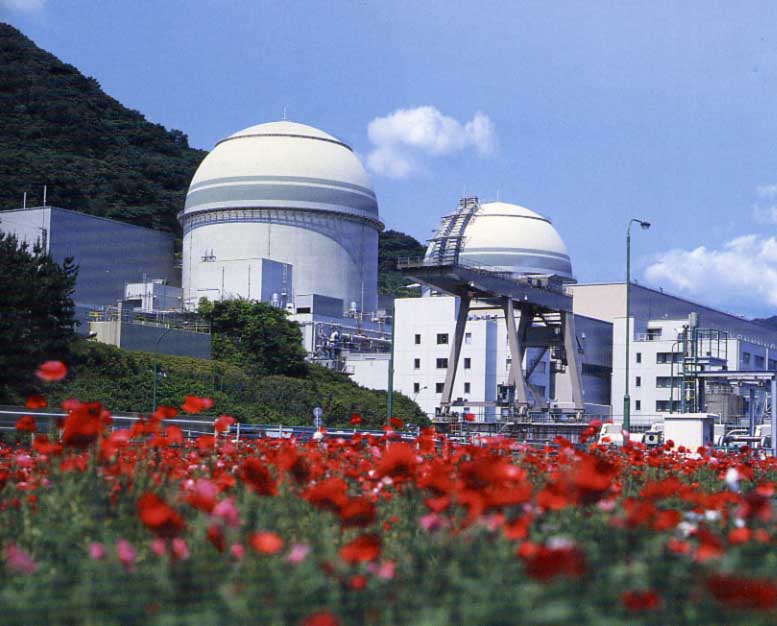
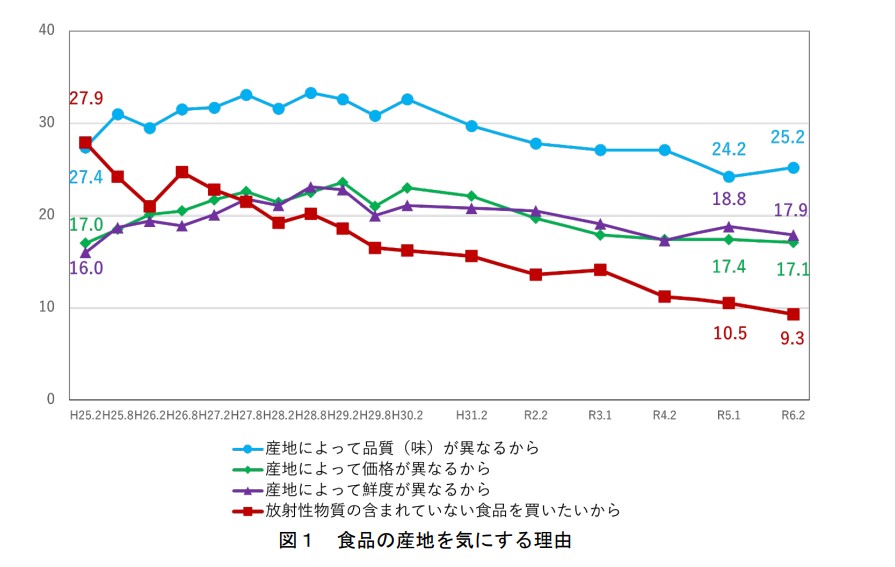
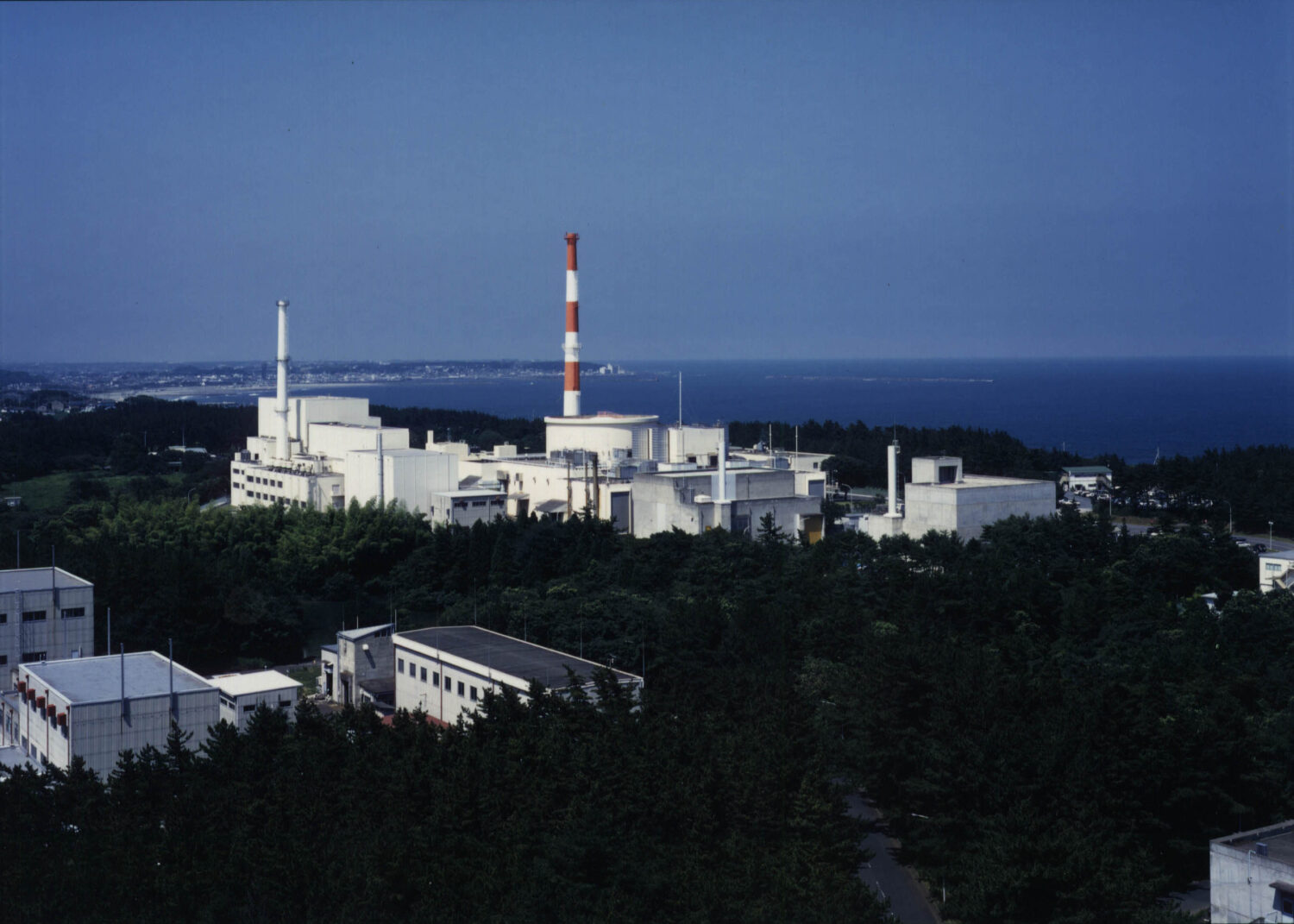
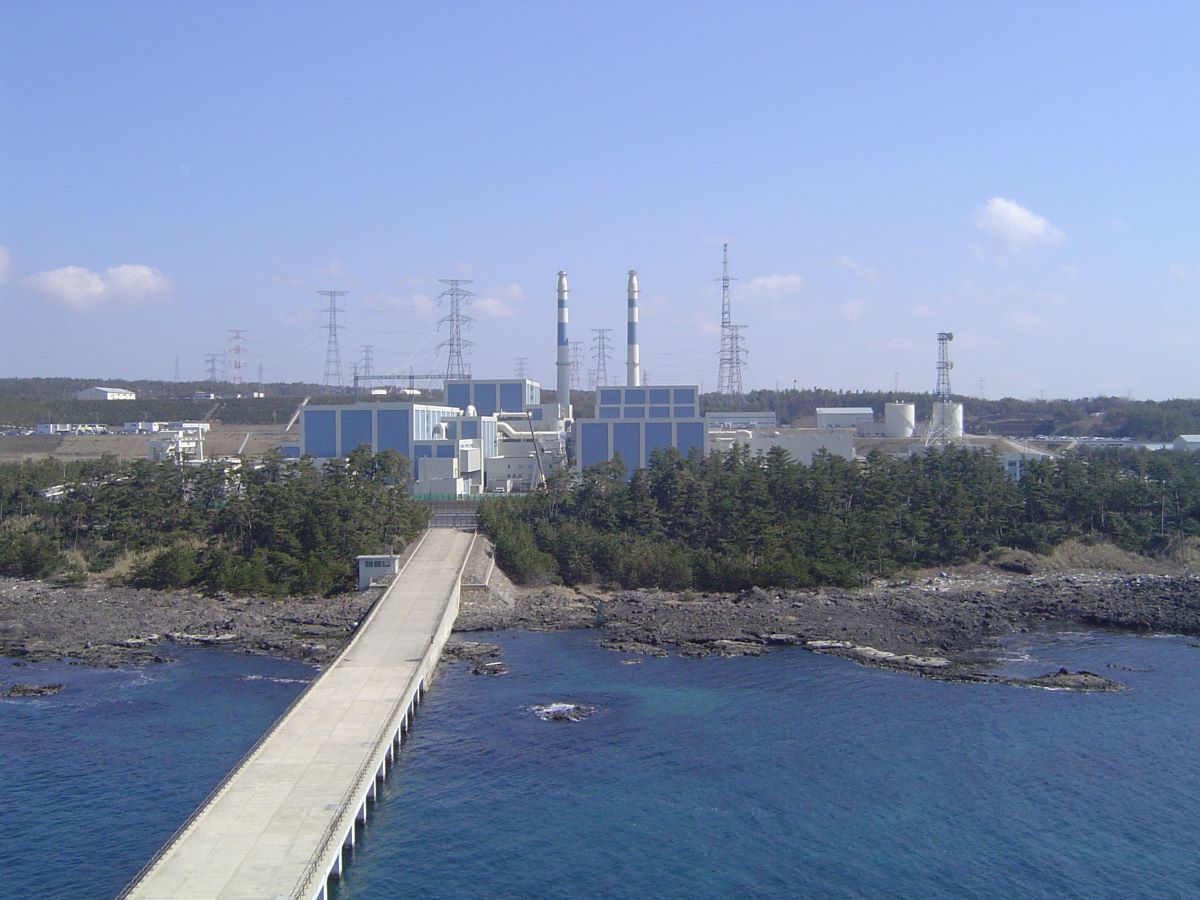
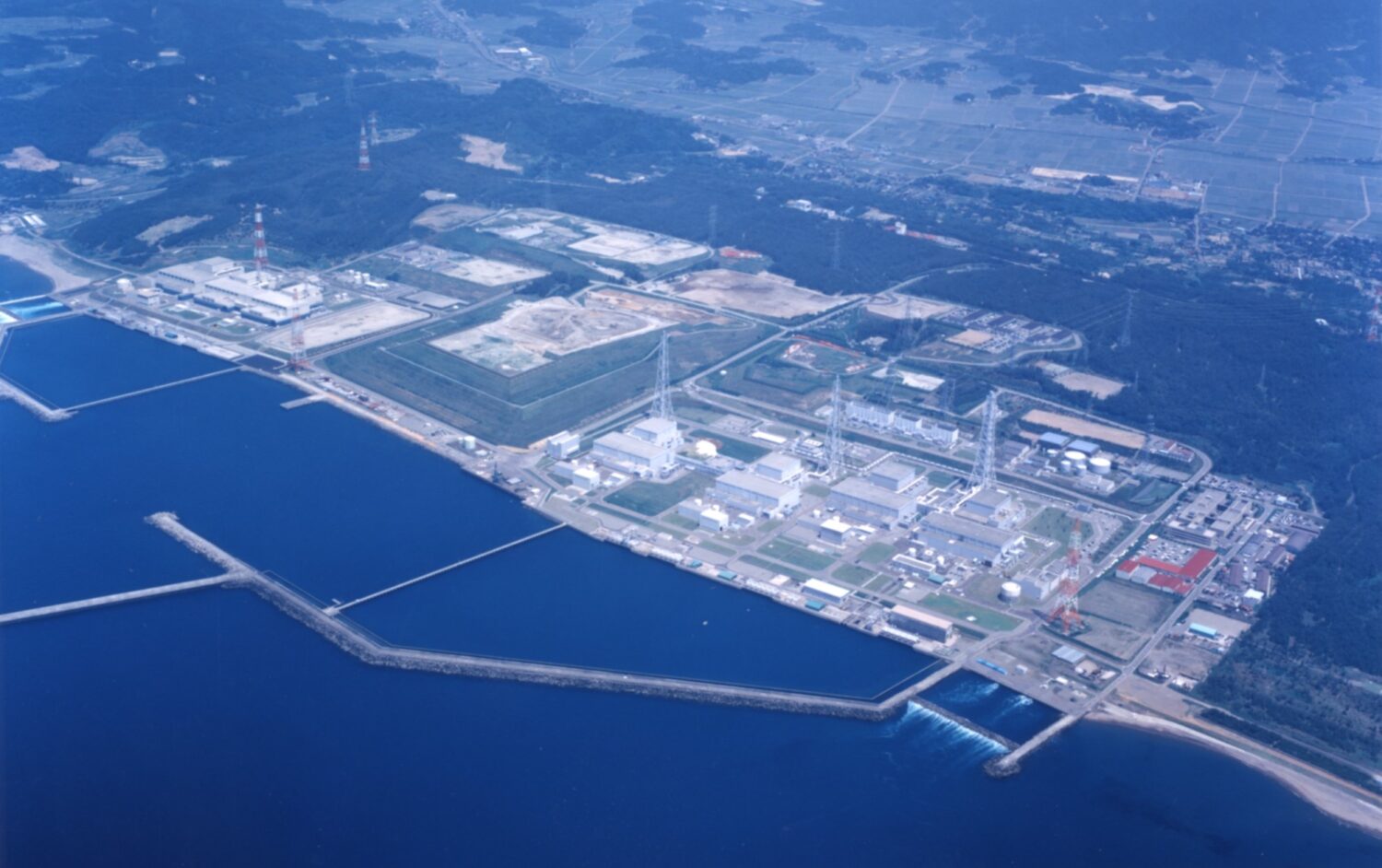
.jpg)
